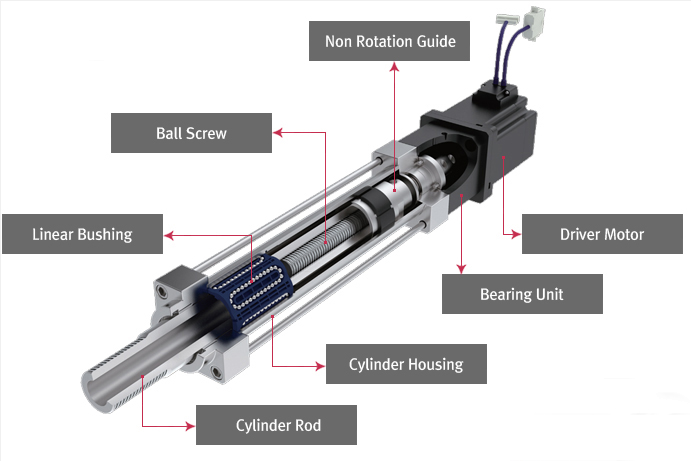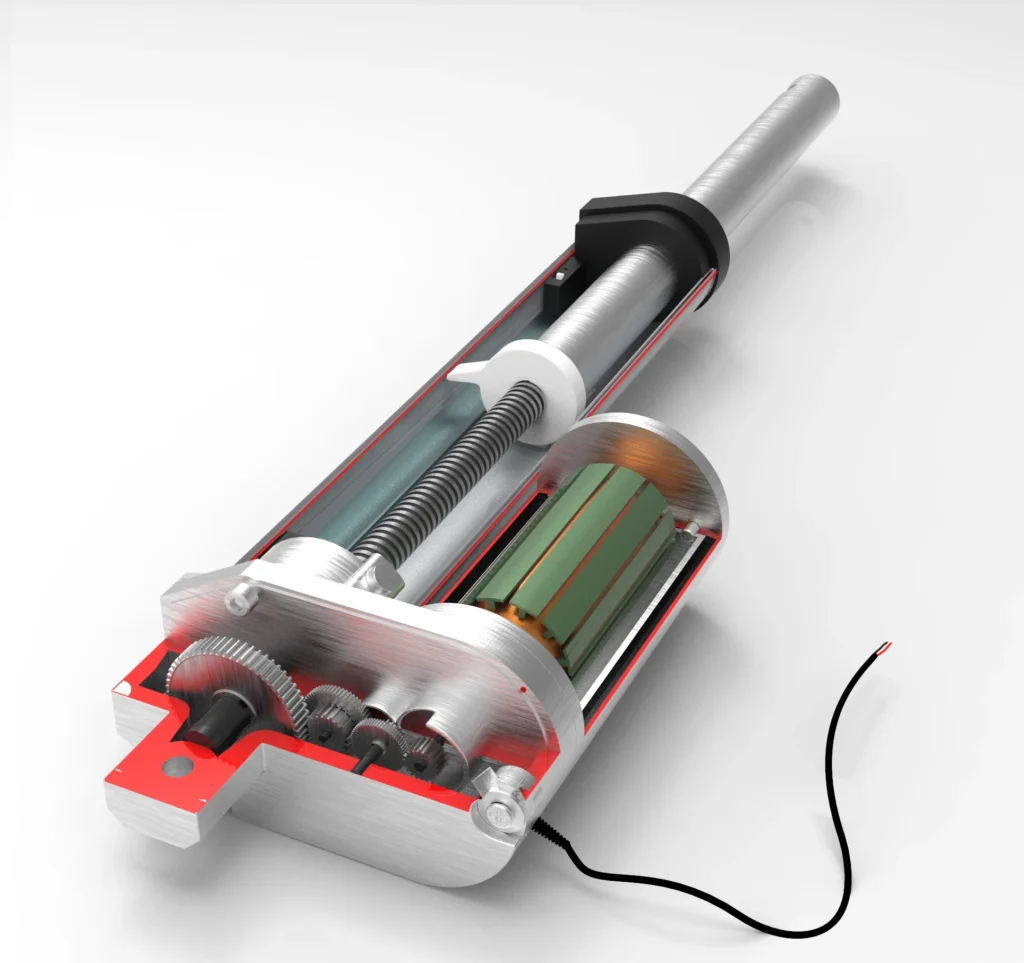Choosing the Right Linear Servo Motors
Linear servo motors are essential in many high-precision applications, from industrial automation to medical devices. Selecting the right motor is crucial for ensuring optimal performance, efficiency, and longevity of your system. This guide provides detailed insights into how to choose the best linear servo motor for your needs, making it valuable and engaging content for AdSense approval.

Understanding Linear Servo Motors
What is a Linear Servo Motors?
A linear servo motor is an actuator that produces linear motion directly, as opposed to the rotational motion provided by traditional servo motors. These motors convert electrical energy into linear mechanical motion, offering precise control over position, speed, and acceleration.
How Do Linear Servo Motors Work?
Linear servo motors operate by generating a magnetic field through the stator. When an electric current passes through the forcer (the moving part), it interacts with the magnetic field, creating a force that moves the forcer in a straight line. The feedback system, typically an encoder, provides real-time data to maintain precise control.

Key Considerations for Choosing a Linear Servo Motor
Selecting the right linear servo motor involves evaluating various factors to match the motor’s capabilities with your application’s requirements. Here are the essential considerations:
1. Load Requirements
- Weight and Size: Assess the weight and dimensions of the load the motor will move. Ensure the motor can handle the load without compromising performance.
- Force: Calculate the force needed to move the load, taking into account friction, gravity, and any incline.
2. Speed and Precision
- Velocity: Determine the maximum speed the motor must achieve. High-speed applications may require motors with specific capabilities.
- Accuracy: Establish the level of precision required. Applications like CNC machining or medical equipment often demand high accuracy.
3. Environmental Conditions
- Temperature: Ensure the motor can operate within your environment’s temperature range.
- Contaminants: Consider protection against dust, moisture, and other potential contaminants that could affect motor performance.
4. Control and Feedback
- Control System: Choose a motor that is compatible with your control system. Ensure it supports the necessary communication protocols.
- Feedback Mechanism: Select a motor with a suitable feedback mechanism (e.g., encoder or resolver) to provide precise positional data.
5. Budget and Efficiency
- Cost: Balance your budget with the motor’s performance requirements. High-performance motors typically cost more but offer better precision and durability.
- Energy Efficiency: opt for energy-efficient motors to reduce operational costs and environmental impact.
Types of Linear Servo Motors
Understanding the different types of linear servo motors can help you make an informed decision:
1. Iron Core Linear Motors
These motors have a higher force density and are suitable for applications requiring high thrust and rigidity. They are ideal for heavy-duty industrial applications but may produce more cogging (undesirable force variations).
2. Ironless Linear Servo Motors
Ironless motors provide smooth motion and are free from cogging, making them ideal for high-precision applications. They are often used in semiconductor manufacturing, medical devices, and other fields requiring fine control.
3. Tubular Linear Servo Motors
These motors offer a compact design and are efficient for applications with limited space. They are commonly used in packaging, printing, and small-scale automation systems.
Installation and Maintenance Tips
Proper installation and maintenance are crucial for the optimal performance and longevity of your linear servo motor. Here are some tips:
Installation
- Alignment: Ensure precise alignment during installation to avoid undue stress and wear.
- Secure Mounting: Use appropriate mounting hardware to firmly secure the motor.
- Cable Management: Properly route and secure cables to prevent damage and interference.
Maintenance
- Regular Inspection: Periodically check the motor for signs of wear and tear.
- Lubrication: Apply lubrication as needed to minimize friction and extend motor life.
- Firmware Updates: Keep the motor controller’s firmware up to date for improved performance and reliability.
Conclusion
Choosing the right linear servo motor involves careful consideration of load requirements, speed, precision, environmental conditions, control systems, and budget. By understanding these factors and the different types of linear servo motors available, you can select the best motor for your specific application. Proper installation and maintenance will further ensure optimal performance and longevity.

